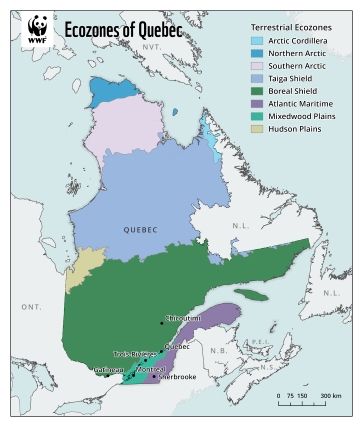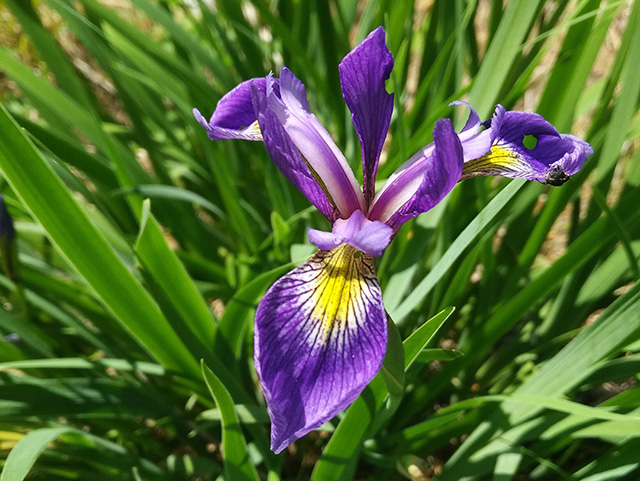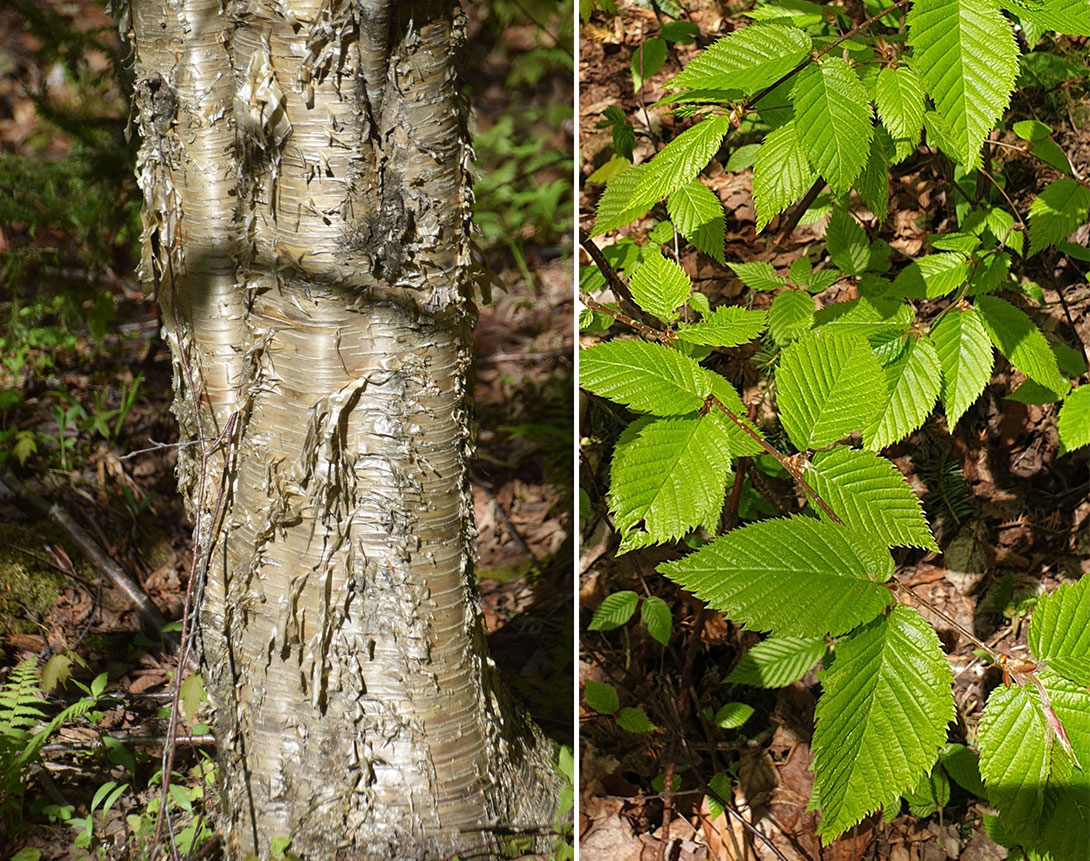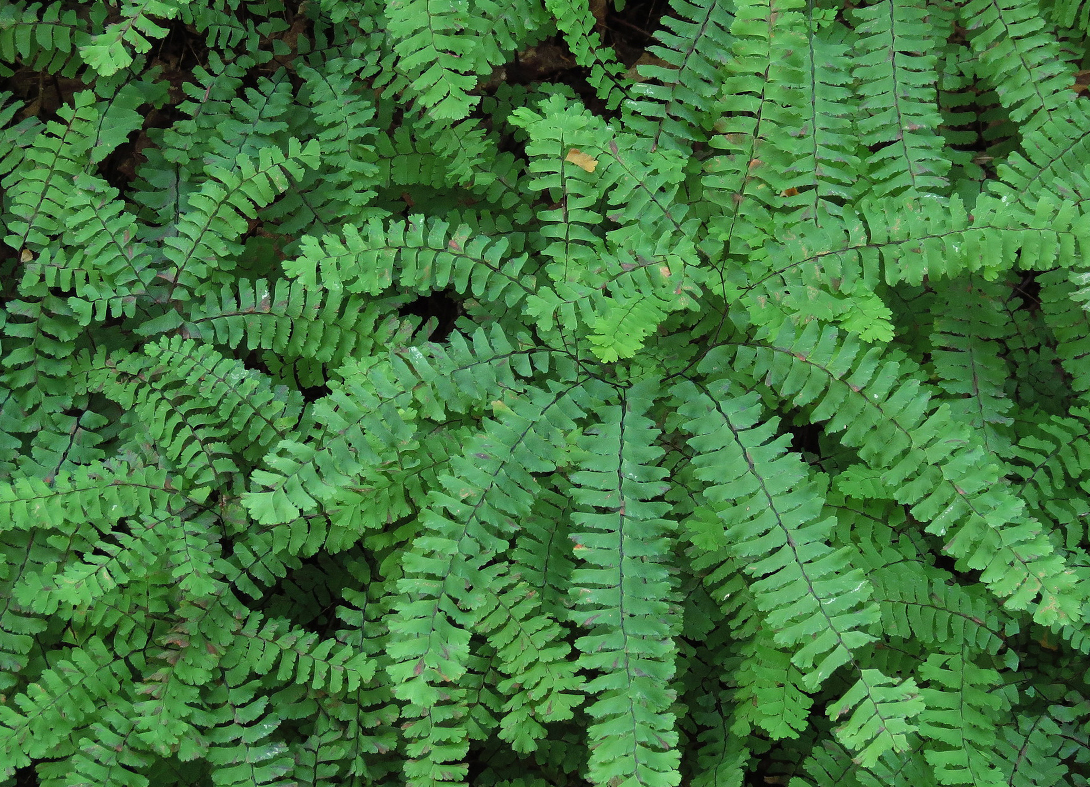Celebrate the unique character of Quebec’s native plants

To mark June 24, Saint-Jean-Baptiste Day and the National Day of Quebec, we’re celebrating some of the province’s spectacular native plants.
Quebec is the largest province in Canada in terms of land area, with a varied landscape spanning eight ecozones and hosting roughly 650 animal species. And, of course, animals like woodland caribou, beaver, moose and various birds depend on its over 3,000 plant species.
Along with rich coastal areas, Quebec has the second-largest area of forest land in Canada after the Northwest Territories.
Blue Flag Iris — Quebec’s Provincial Flower
This beautiful flower stands tall and proud.

Within Quebec, the blue flag iris (Iris versicolor) grows from the St. Lawrence valley to the shores of James Bay. With spiky, sword-shaped leaves and elaborate blue-purple flowers, this perennial starts blooming in early spring before its flowers give way to seed pods.
It grows in clumps, spreading by underground rhizomes (root structures) with leaves reaching about half a metre tall and multi-flower stems growing up to a metre tall.
Growing tips
In the wild, blue flag iris is often found in marshes and along shorelines. In your garden, it’s an excellent choice for wet areas with full to partial sun. It is hardy and can survive some drier times. Little care is required, just some space to expand. Leaves will brown over the winter and new shoots will grow up from the clumps in spring.
In addition to Quebec, this iris species is native across Eastern Canada and in parts of Saskatchewan and Manitoba. Look for it at nurseries or garden centres if you live in those regions.
Benefits for wildlife
Hummingbirds and various insects, including bumble bees, hover flies, some butterflies and moths and many beetles, visit blue flag iris for its nectar. Birds and small mammals enjoy the seeds later in the growing season.
Yellow Birch — Quebec’s Provincial Tree

If you have sun and space, consider planting a yellow birch on your property in homage to its role in the history of Quebec.
The yellow birch (Betula alleghaniensis) is named for the golden hue of its bark and fall foliage. This important hardwood has traditionally been used, and continues to be used today, by Indigenous people and settlers for building dwellings, canoes, furniture, flooring and more.
It grows 18-24 metres tall and typically lives 150 years. The bright green leaves are oval with a pointed tip. The mature bark flakes and peels in horizontal strips useful as fire-starters. It grows in deciduous or mixed woods on north-facing bluffs, valley slopes, ravines and slightly swampy areas.
Yellow birch offers a pleasant minty scent of wintergreen when young twigs or leaves are rubbed or crushed. And much like maple syrup, sap from birches has been tapped and boiled into birch syrup by experts — because the sugar content is lower, this dark syrup tends more towards the savoury and is often used as dressing for salads or glazes when cooking fish and meat.
Growing tips
The yellow birch prefers cool climates and rich, well-drained soil but is adaptable to other soil conditions. Water new plantings, but once established rainfall is all that’s required. If planting one, ensure there is enough space for the mature crown, which can reach 10 metres wide. This birch is native across eastern Canada from Ontario to Newfoundland.
Benefits for wildlife
Yellow birch and other birch species are important sources of food and habitat for a wide variety of insects, birds and mammals. Moose, deer and rabbits enjoy the twigs while grouse and songbirds feed on seeds and buds. Yellow-bellied sapsuckers drill holes and collect the sap without harming the trees. Some species of butterfly and moth caterpillars feed on the leaves.

And for fern fans — the northern maidenhair fern
A staple in Quebec’s woodlands, this highly sought-after fern is considered vulnerable in Quebec.
This lovely fern (Adiantum pedatum) is distinguishable by the shiny black stipe, or stalk, that gives it the name “maidenhair” in English. After Indigenous people introduced early settlers to its usefulness in treating lung conditions, it became much sought-after and was one of the first plants in Canada to be described scientifically.
This fern has bright green fronds (leaves) that unfurl from burgundy-pink fiddleheads (curled-up young fern leaves) in a circular formation. These ferns spread by underground rhizomes and can grow slowly into large colonies. Averaging 30-75 centimetres tall, they are short for a fern.
Growing tips
Within Canada, the northern maidenhair fern is native in Ontario, New Brunswick and Nova Scotia as well as Quebec. It prefers shady, moist environments with rich soil, where it makes a nice ground cover. It does not tolerate drought but overall is easy to care for and resistant to disease and pests. In your garden, this fern is most suited to shaded beds, rain gardens, woodland gardens and growing in containers.
Benefits for wildlife
These full, leafy ferns provide shelter for small mammals and amphibians. The leaves also provide food for small mammals like mice and voles and some moths and butterflies in their larval stage (i.e., caterpillars).
Help restore native plant life in Quebec and across Canada
By growing native plants in your yard, container garden or community space, you can help restore wildlife habitats — in Quebec or wherever you live in Canada. You can learn more about growing native plants, trees and shrubs and track your impact for nature by joining re:grow, WWF-Canada’s how-to hub to support the growing native plant movement.


